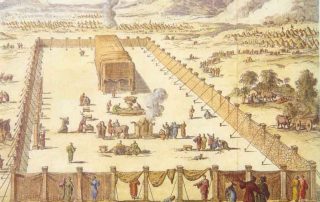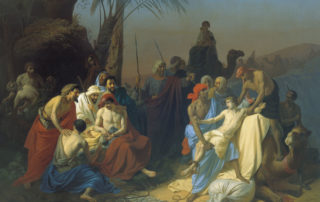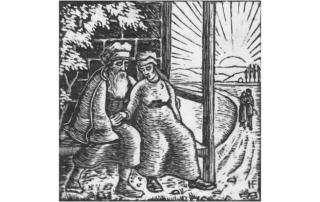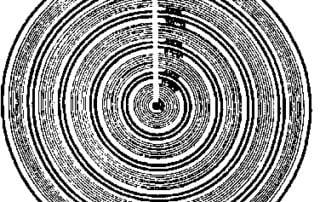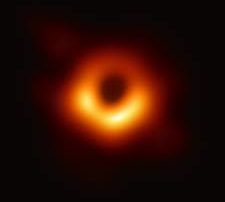Kabbalah, kabbala, kabala, qabalah, cabalah
Sanctuaries in Space and Time
We are quite familiar with space—we move freely in space back and forth; we concur space on land and beyond; we reclaim land from sea; we turn deserts into gardens; we turn desolated space into sprawling cities. We are, on the other hand, helpless in the face of time. We cannot move freely in time. We can’t move back in time. We are swept forward in the inexorable flow of time. We do not understand time; we cannot change it. We are masters of land, but not of time. It is for this reason, when G‑d instructed Moses how to build a sanctuary for Himself, He could not have started with time—we would have not the faintest idea what it meant—a sanctuary of G‑d in time—let alone how to do it. That is why G‑d started with space, instructing Moses how to build the Mishkan—a Sanctuary in space—first. Only then He commanded Moses about Shabbat.

